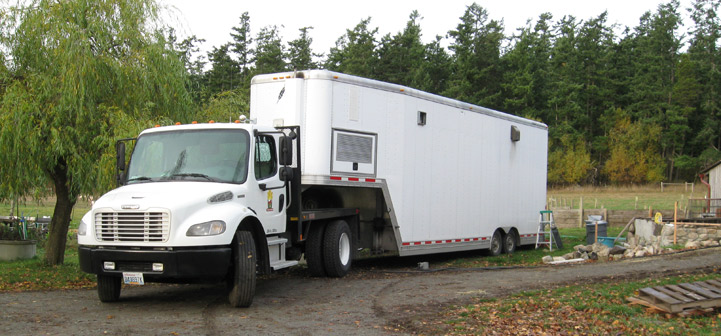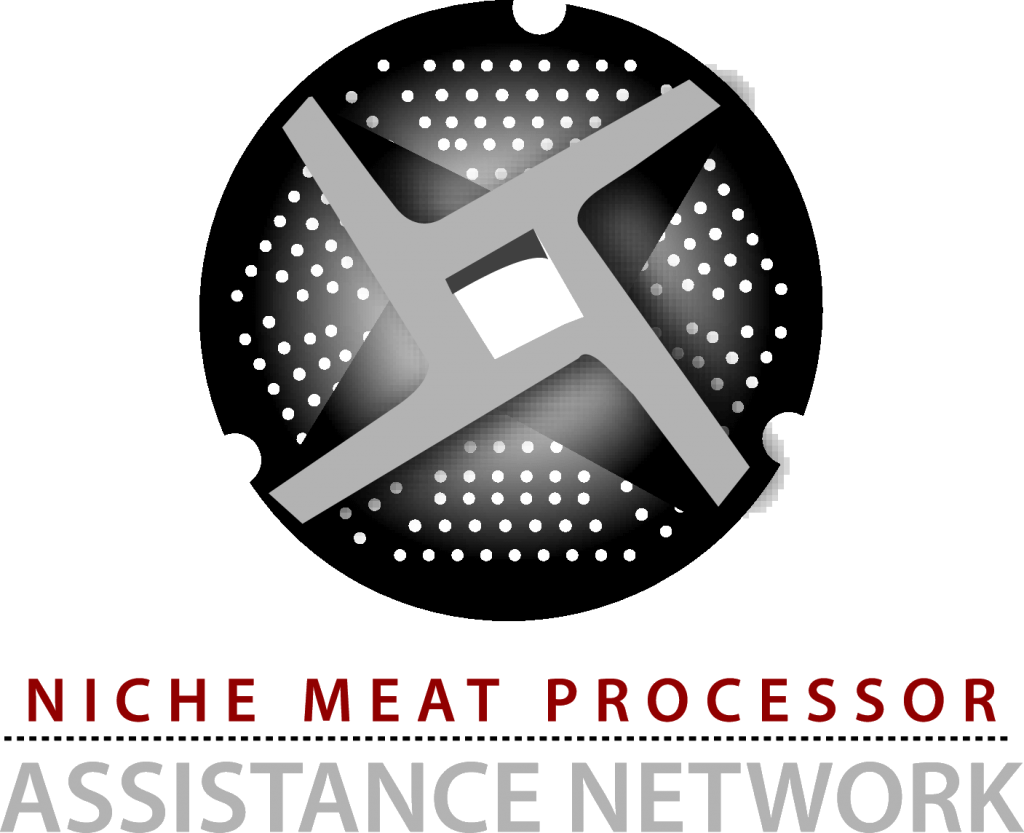
Mobile slaughter/processing units have been getting attention in recent years as a potentially expedient way to bring access to inspected processing to a community or region.
Why are they popular? First, they are typically less expensive to build than stationary facilities. Second, by traveling from farm to farm, they allow on-farm slaughter, which many people consider the most humane approach because the animals don’t have to be trucked anywhere.
MSUs don’t make sense for every situation. But they are a useful option in certain circumstances. We have quite a few pages about many different aspects of mobile units.
Mobile Slaughter Unit Manual
This manual offers comprehensive guidance – from regulatory compliance (including model HACCP and other food safety plans) to costs and more – for anyone interested in an inspected mobile slaughter unit. Much of the information draws on the experiences of operational USDA-inspected MSUs.
Mobile slaughter/processing units currently in operation
This list gives some basic data about the units, with links to other info. Know others? Tell us! Contact us
Mobile Slaughter Unit Videos
These three short videos show how a USDA-inspected mobile slaughter unit works. The videos feature the Island Grown Farmers Cooperative MSU in Washington state.
Webinars about Mobile Slaughter Units
These three webinars explain many aspects of MSUs, both red meat and poultry, and practitioner experiences from around the country.
USDA-FSIS on MSUs
USDA’s Food Safety and Inspection Service, recognizing the growing interest in mobile slaughter units, offers some guidance on regulatory compliance for current and would-be MSU operators.
MSU Financials
What do they cost to build and operate? These tools can help you pencil out your own plans.
Who Builds Mobile Slaughter Units?
A list of consultants and companies that design and build MSUs.
Mobile Slaughter Unit Case Studies
These detailed case studies describe red meat and poultry MSUs currently in operation, in Washington, Kentucky, California, and New York. Also included is a comprehensive user’s guide for a poultry unit operating in Montana.


